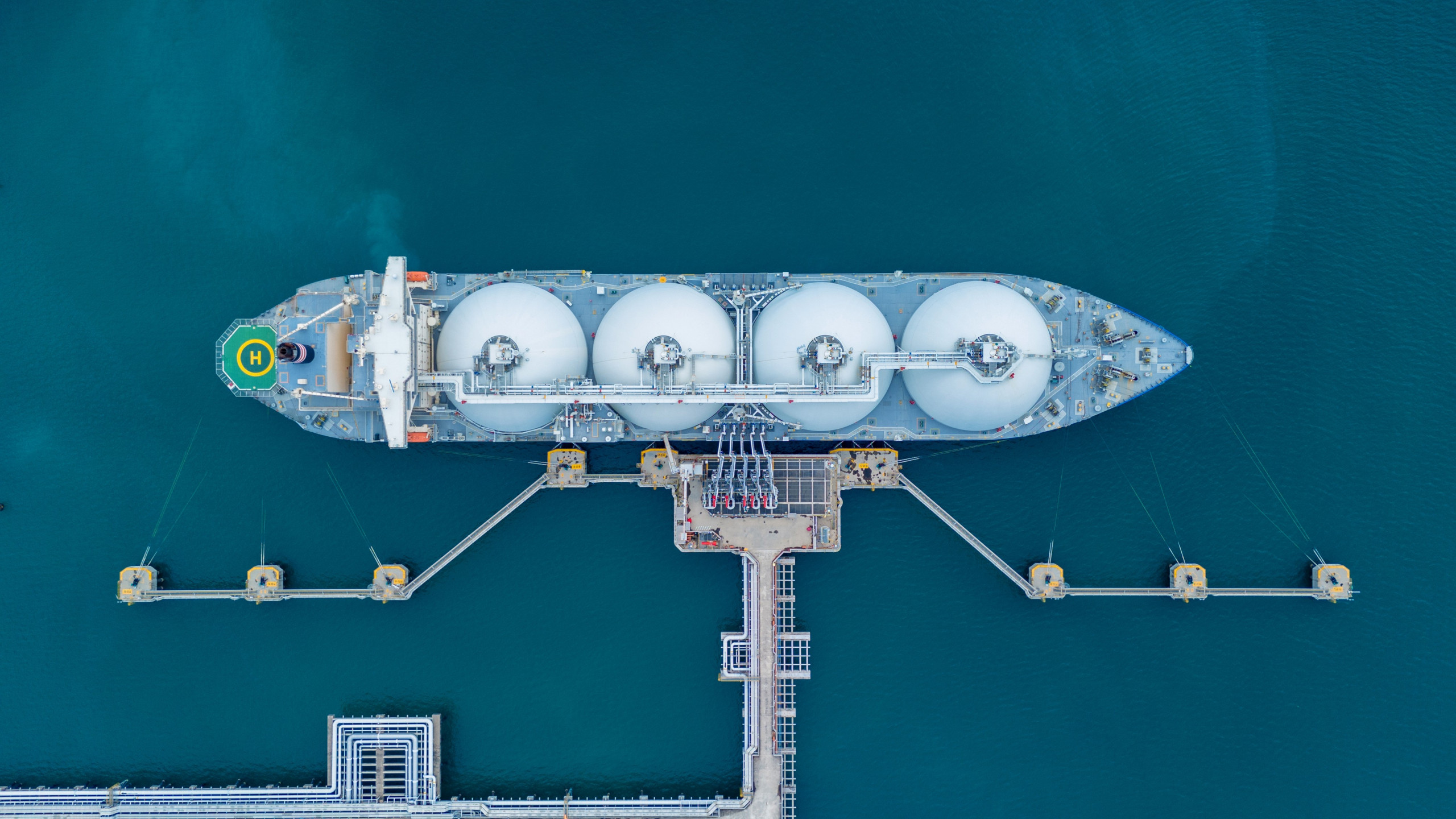The fire onboard the car carrier Fremantle Highway and the tragic loss of a seafarer has brought the debate surrounding the transport of electric vehicles (EVs) by sea into sharp focus. Fremantle Highway caught fire off the coast of the Dutch island of Ameland on 26 July. The vessel was carrying nearly 3,800 new cars of which around 500 were EVs. There is speculation that the fire was caused by an EV battery, but the cause of the fire is not actually known yet.
Ship fires are a real concern for marine insurers and the shipping industry as a whole. IUMI has long advocated for better fire detection and extinguishing systems which must be specifically tailored for different vessel types. However, to date, no fire onboard a roro or Pure Car and Truck Carrier (PCTC) has been proven to have been caused by a factory-new EV. IUMI understands that the transportation of EVs raises certain risks that are different to those involved in carrying internal combustion engine vehicles (ICEVs) but research suggests that the risks are not heightened or more dangerous. Focus must be on identifying risks and safety measures related to new energy vehicles such as EVs, how to mitigate these, and on engaging with class and regulators to develop necessary rules, standards and guidelines to ensure their safe transportation. Work to this end is already on the agenda of the IMO’s Sub-Committee on Ship Systems and Equipment.
Extensive research by the EU Project LASHFIRE in which IUMI was involved shows that neither the growth rate of a fire nor the peak heat release rate or the total energy released during a fire is higher for an EV fire than for an ICEV fire. The toxins released during an EV fire are similar as well. It is also important to remember that the battery itself is only a minor source of the fire load while the majority of the fire energy comes from plastics and other materials that are found equally in EVs and ICEVs.
However, exposing batteries to fire may result in thermal runaway – where the lithium-ion cell enters a self-heating, reigniting state – and this requires different fire detection and response. Immediate deployment of fixed fire-fighting systems is the most effective action against vehicle fires regardless of their energy source. In case thermal runaway occurs in an EV, boundary cooling is essential to prevent the fire from spreading. This allows the battery to burn down in a controlled manner.
Research shows that EV fires are not more common or more intense than ICEV fires. Traditional fuels such as petrol and diesel are potentially extremely dangerous but we, as a maritime industry, have learnt to understand and mitigate the associated risks. Lithium-ion batteries are still relatively new but have already become a major part of everyday life. The maritime industry is still learning and needs to adapt to these new sets of risks and mitigate them accordingly. Scientific evidence is essential to develop effective risk mitigation strategies.
Ends
For further information contact:
Mike Elsom
Phone +44 7968 196077
Email mike@mikeelsom.com
About IUMI
The International Union of Marine Insurance e.V. (IUMI) is a non-profit association established for the purpose of protecting, safeguarding and advancing insurers‘ interests in marine and all types of transport insurance. It also provides an essential forum to discuss and exchange ideas, information and statistics of common interest for marine underwriters and in exchange with other marine professionals.
IUMI currently represents 42 national and marine market insurance and reinsurance associations.
International Union of Marine Insurance
Grosse Elbstrasse 36, 22767 Hamburg, Germany
Phone +49 (0) 40 2000 747-0
Email info@iumi.com
Related topics





